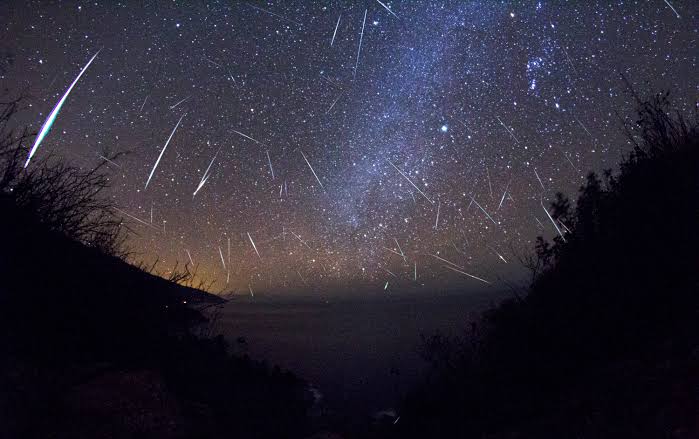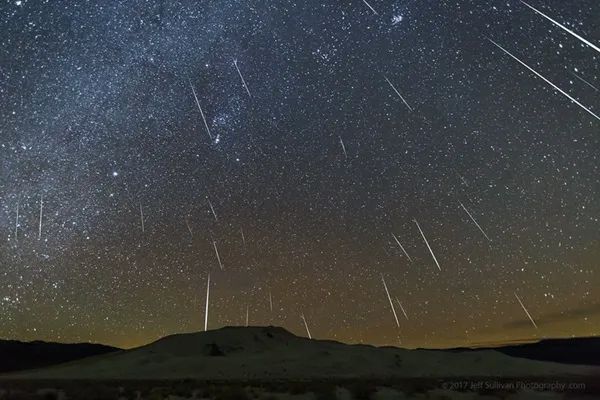Muscat - The Sultanate of Oman will witness the Geminid meteor shower on Thursday, a celestial event named after its origin from the constellation Gemini. The peak of this meteor shower is expected to occur on December 13 and 14.

According to Ibrahim bin Mohammed al Mahrouqi, Vice Chairman of the Board of Directors of the Oman Astronomical Society, December will be a month filled with various astronomical events, including the Geminid meteor shower, also known as Geminis.
Al Mahrouqi mentioned that these meteors will fall during a moonless night, providing optimal viewing conditions throughout the night.
It is anticipated that the meteor shower will display a rate of approximately 120 meteors per hour. In 2020, members of the Omani Astronomical Society observed 1,063 meteors during a six-hour monitoring session of the Geminid meteor shower. The peak activity was recorded between 1:00 am and 1:59 am, with 227 meteors observed within a single hour.
The Geminid meteor shower is a result of the debris left behind by an asteroid called Phaethon, which was discovered in 1982. Unlike other meteors that originate from comets, the Geminids are associated with this asteroid.
Al Mahrouqi explained that the debris from Phaethon enters the Earth's atmosphere annually from December 7 to 17, creating the phenomenon of the Geminid meteor shower. These meteors are known for their vibrant colors. When the Earth's orbit intersects with the remains of Phaethon, they burn up in the Earth's atmosphere at a speed of approximately 35 kilometers per second. This occurs at an altitude of around 70 to 100 kilometers, resulting in the formation of stunning long arcs that appear in shades of yellow, green, or blue. These arcs last for a brief moment, typically one or two seconds, before disappearing from the sky.

More info
The Geminids have earned their esteemed status as one of the most impressive celestial phenomena each year due to their dazzling and vibrant meteors. They consistently stand out as one of the most dependable and active meteor showers annually.
Reaching their pinnacle in mid-December, the Geminids boast a fascinating history that traces back to the mid-1800s. Initially, they made a modest appearance with only 10 to 20 meteors per hour, which failed to capture much attention.
However, over time, this meteor shower has evolved into a major spectacle, offering observers the opportunity to witness a breathtaking exhibition of up to 120 Geminid meteors per hour under ideal conditions at its peak. These meteors are renowned for their luminosity, rapid movement, and frequent display of a distinct yellow hue.
To catch the Geminids meteor shower at its best, it is recommended to observe during the nighttime and early morning hours. Thanks to its nearly 24-hour broad maximum, people around the world can witness this celestial event, as confirmed by NASA.













